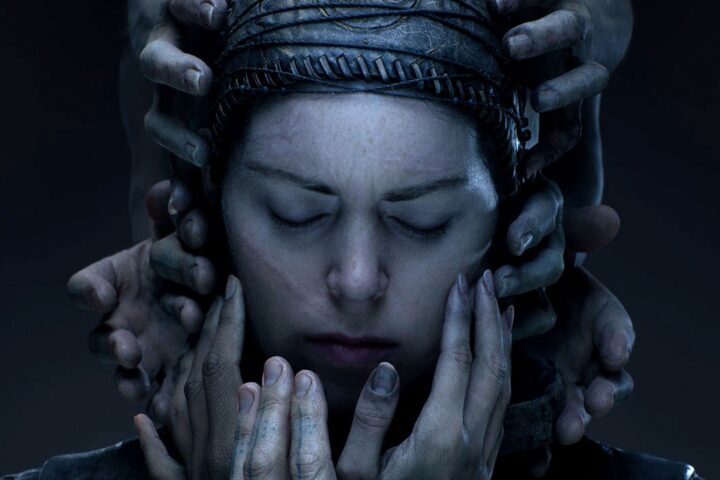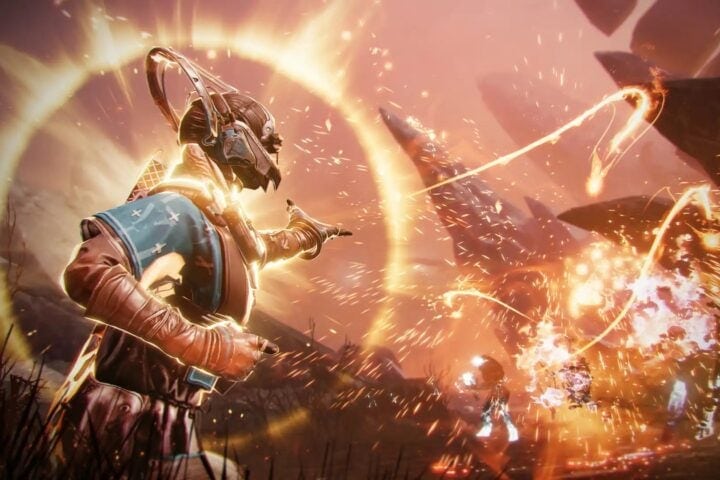One of the first things the player does in Skald: Against the Black Priory is choose whether to turn on the filter to emulate a CRT screen. The game is, down to its every Commodore 64-colored pixel, a throwback experience, a party-based RPG that developer High North Studios has patterned after classics like the Ultima games of the 1980s. (The influence of that era of role-playing game is seemingly undying, visible even in something as expansive as last year’s Baldur’s Gate III.) Yet for as overt as SKALD may be about its influences, it takes those trappings in a new and idiosyncratic direction.
The game boasts a variety of distinct classes to choose not only for your player character but for the blank-slate mercenaries that you can hire in place of the premade story characters. With all sorts of warriors, thieves, spellcasters, and combinations thereof, Skald features an impressive number of permutations for your eventual six-character party, to the point where my single 25-hour playthrough hardly revealed all the classes and abilities that the game has to offer.
But regardless of how you go about building the player character, your mission remains the same: to locate a woman who has disappeared in the Outer Isles, where you soon find yourself shipwrecked following an encounter with an aquatic behemoth. There, at the edges of the map, the world is changing—the wildlife is mutating, and the people are falling in with bloodthirsty factions to worship ominous artifacts plundered from the ocean depths.
The atmosphere of Skald is resolutely grim and gritty, despite—and sometimes directly because of—its limited graphical style hardly being suited for the gory details. Occasionally, the game deploys detailed, screen-filling illustrations as macabre visual aids, but the majority of Skald is viewed from a zoomed-out perspective that reserves no more than a few pixels each for a grim sight like corpses strung up outside an occupied city.
Much like the seemingly unscary stylings of Faith: The Unholy Trinity, the horrors in Skald gain power by letting the player’s imagination fill in the blanks. The game leans heavily on evocative, if at times overwrought, writing to transform typical RPG fodder like crabs, snakes, and rats into abominations that herald an encroaching doom long before any Lovecraftian globs enter the picture. The results are far more successful—and often more unsettling—than something as insistently detailed as the Alone in the Dark remake from earlier this year.
Yet the game’s presentation often hinders the space where players spend the bulk of any strategy RPG: the combat and menu screens. Each grid-based battle initially seems straightforward enough, but the sparse interface quickly sags beneath all the variables at work between each virtual dice roll. There simply isn’t room for so much information that would be helpful to note at a glance, to the point where most of it is buried a menu or two deep. Even as I approached the game’s conclusion, I still found myself tripped up by inadequate highlighting of whose turn it was or what result some action or status effect might have. The trade-off for Skald’s throwback aesthetic is a pervasive readability problem that outlasts the style’s entrancing novelty.
These irritations compound with overall balance issues to ensure that the game’s combat system is best engaged with at a surface level, without fussing too much over status effects or the item economy. Characters’ ballooning health and mana bars eventually outstrip the usefulness of spells and potions, while the trouble of managing arrow stores and potion stockpiles tilts the experience well in favor of its melee classes. When everything works smoothly at least, the encounters are quite satisfying, and Skald smartly features a robust set of difficulty options to tweak the dice rolls that govern combat and exploration outcomes.
Some of the aforementioned issues are to be expected from the ambitious undertaking of what’s predominantly a single developer, Anders Lauridsen. Skald’s pacing can be strange, with new characters and mechanics doled out at atypical intervals, while the overall complexity peaks at around the game’s midpoint. A few late-story threads seem to lead toward a boss battle but instead resolve with a skill check or a text menu.
Yet even these rough edges work in concert toward something singular and idiosyncratic. Indeed, the story becomes hard to pin down in the lead-up to a truly audacious ending, and the occasional abandonment of combat fortifies the horror undertones far more effectively than simply killing everything in your way. Skald may be easy to distill to its overt influences, but its best moments use those touchstones to build something new.
This game was reviewed with code provided by Raw Fury.
Since 2001, we've brought you uncompromising, candid takes on the world of film, music, television, video games, theater, and more. Independently owned and operated publications like Slant have been hit hard in recent years, but we’re committed to keeping our content free and accessible—meaning no paywalls or fees.
If you like what we do, please consider subscribing to our Patreon or making a donation.



